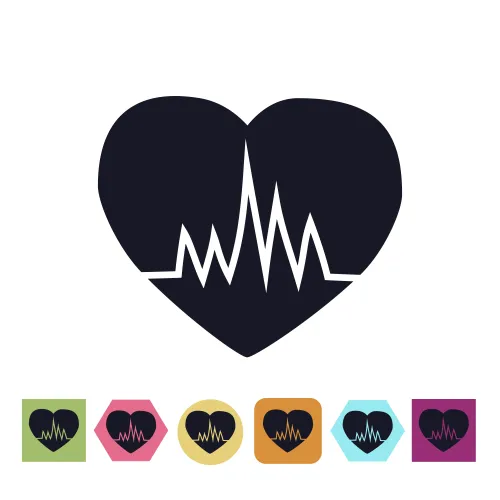Avoid Costly 93306 Mistakes to Correctly Code Echocardiography

Work with your clinical team to keep these assumptions from tanking your claim.
How do I bill for the physician if the tech uses spectral Doppler but doesn’t record it? Does finding a defect always mean you should use a congenital echo code?
These are common questions from coders who report echo cases. Read on to see if your answers to these questions are on target.
1. What If the Tech Doesn’t Record the Spectral Doppler?
In some cases, a tech may use both color flow and spectral Doppler, but for some reason will fail to record the spectral information, says Christina Neighbors, MA, CPC, CCC, ACS-CA, a cardiology coding expert in Tacoma, Wash. As a result, the physician can’t perform an interpretation of that spectral Doppler information, which includes velocity, direction, and type of blood flow.
When this occurs, you won’t be able to report 93306-26 (Echocardiography, transthoracic, real-time with image documentation [2D], includes M-mode recording, when performed, complete, with spectral Doppler echocardiography, and with color flow Doppler echocardiography; Professional component) for the physician’s interpretation because 93306 requires both spectral Doppler AND color flow Doppler, Neighbors says.
The most appropriate code for the physician’s work is 93307-26 (Echocardiography, transthoracic, real-time with image documentation [2D], includes M-mode recording, when performed, complete, without spectral or color Doppler echocardiography).
Tip: Talk to your techs and doctors about the requirement for documentation of both spectral Doppler and color flow for 93306. Medicare pays roughly $60 less for 93306 global than 93307 global, and about $26 less for the professional component, so proper recording of the Doppler used can have a positive impact on your bottom line.
Bonus: Take documentation requirements into account when reporting follow-up or limited echocardiography, as well. "When 93308 (Echocardioography, transthoracic, real-time with image documentation [2D], includes M-mode recording, when performed, follow-up or limited study) is performed, +93321 (Doppler echocardiography, pulsed wave and/or continuous wave with spectral display … follow-up or limited study …) is rarely documented and should not be captured. However, do not miss capturing +93325 (Doppler echocardiography color flow velocity mapping …). This component is regularly performed, says Neighbors.
Also follow these rules when coding transesophageal echocardiograms, known as TEE, Neighbors says: 93312 (Echocardiography, transesophageal, real-time with image documentation [2D] [with or without M-mode recording]; including probe placement, image acquisition, interpretation and report), +93320 (Doppler echocardiography, pulsed wave and/or continuous wave with spectral display …; complete) and color flow code 93325. Again, if the +93320 spectral component is not recorded, it is not appropriate to charge it.
2. Does Every Heart Defect Merit a Congenital Code?
When the medical record indicates the patient has a heart defect, you should not automatically report a congenital echo code. Some heart defects may be either congenital (present from birth) or acquired (developed later in life).
Example: The patient has a bubble study in a hospital. A septal defect is seen during the study. The defect is not identified as congenital, so you should report a noncongenital code, such as 93306-26, instead of a congenital echo code.
Because the defect hasn’t been identified as congenital, you also shouldn’t schedule future echoes as congenital based just on the defect.
Tip: Neighbors includes wording in her order facilitating software asking the doctor to specify whether the test is congenital-related. That way there is a documented indication that the patient has a congenital condition.

